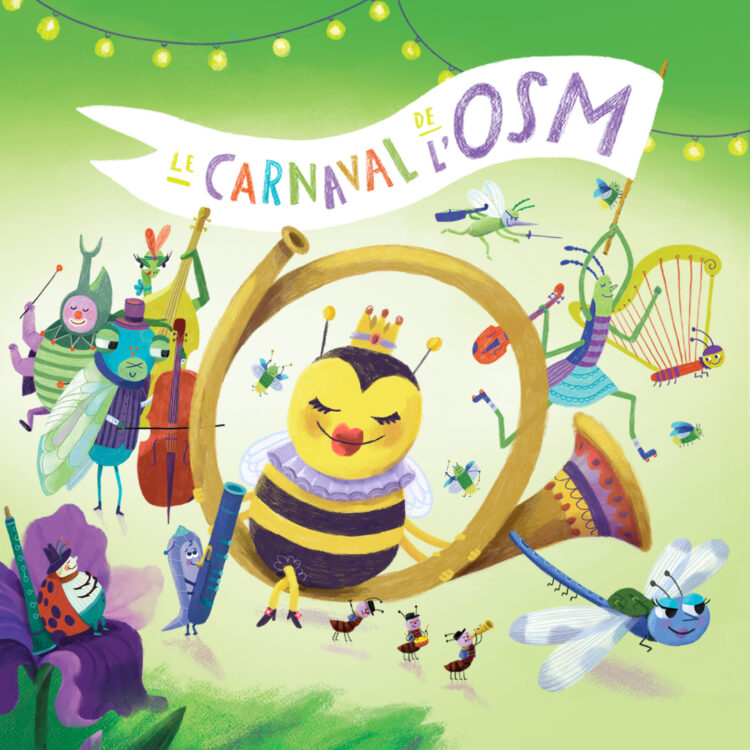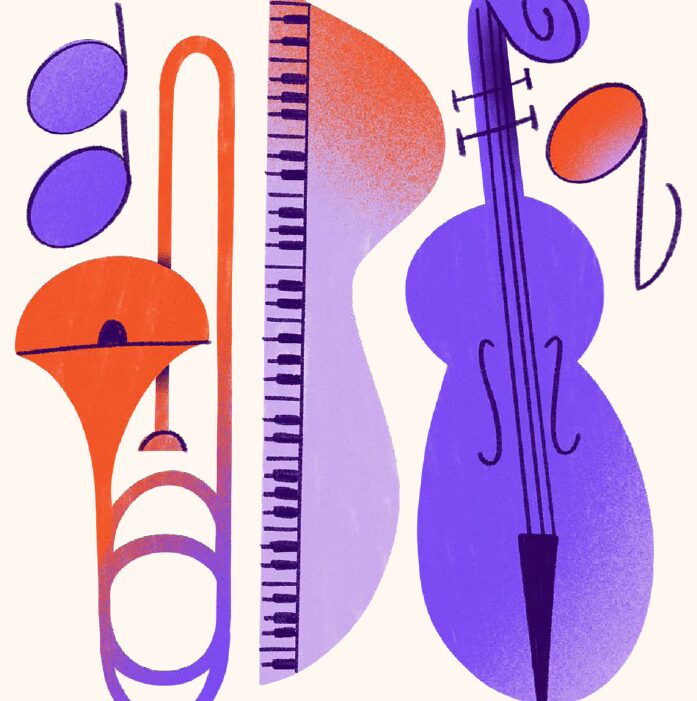Feature
Bal d'une nuit d'été
On June 5, 2025, let yourself be swept away by an exceptional night with the OSM. At the Maison symphonique de Montréal, don’t miss the next edition of the Bal d’une nuit d’été of the OSM, an emblematic event that, for a quarter-century, has brought together over 500 influential guests from Quebec’s business community to support the Orchestra’s artistic and educational mission. This is the OSM’s most important fundraising event, an essential pillar in promoting classical music and making it more accessible.
Discover the 2025 / 2026 Season !
The new season is shaping up to be a most exciting and diverse one, with classical works by Mozart, Mahler and Brahms, as well as contemporary creations by Jimmy Lopez, and even symphonic jazz with Duke Ellington. Instruments such as the oud, clarinet and saxophone will also be featured.
Ferland Symphonique
As part of their Prestige & Patrimoine series, GSI Musique and Oziko present Ferland symphonique; a bold, vibrant tribute to the work of the Petit Roi, the unique Jean-Pierre Ferland. This epic musical journey will come to life thanks to the symphonic arrangements of Blair Thomson and will be performed by the Orchestre symphonique de Montréal, under the baton of conductor Alain Trudel. Scenography and mise-en-scène elements will be announced shortly. In the image of the artist Ferland was, it will all be very poetic.
El Sistema OSM Program
The El Sistema OSM programme is aimed at young people aged 6 to 16 in Montreal North. Put into action by La musique aux enfants, the project enables participants to learn and play an orchestral instrument in a group setting, with sessions organised four days a week during after-school activities.

































